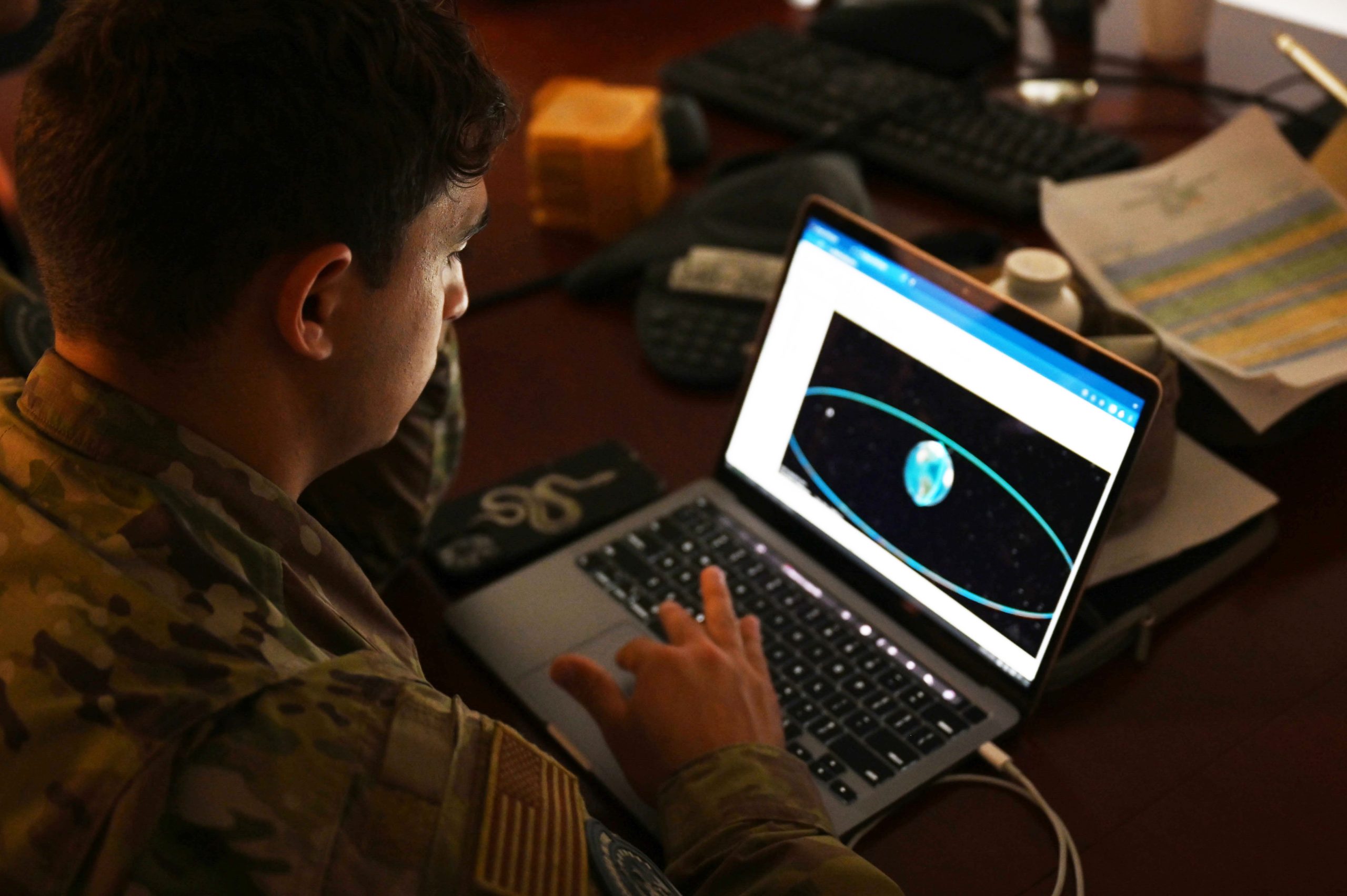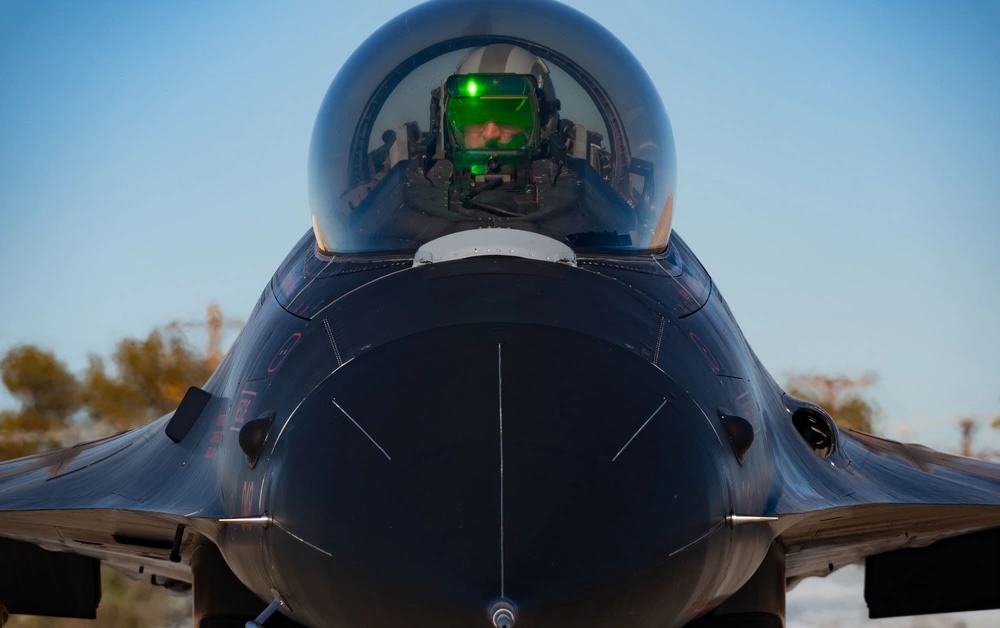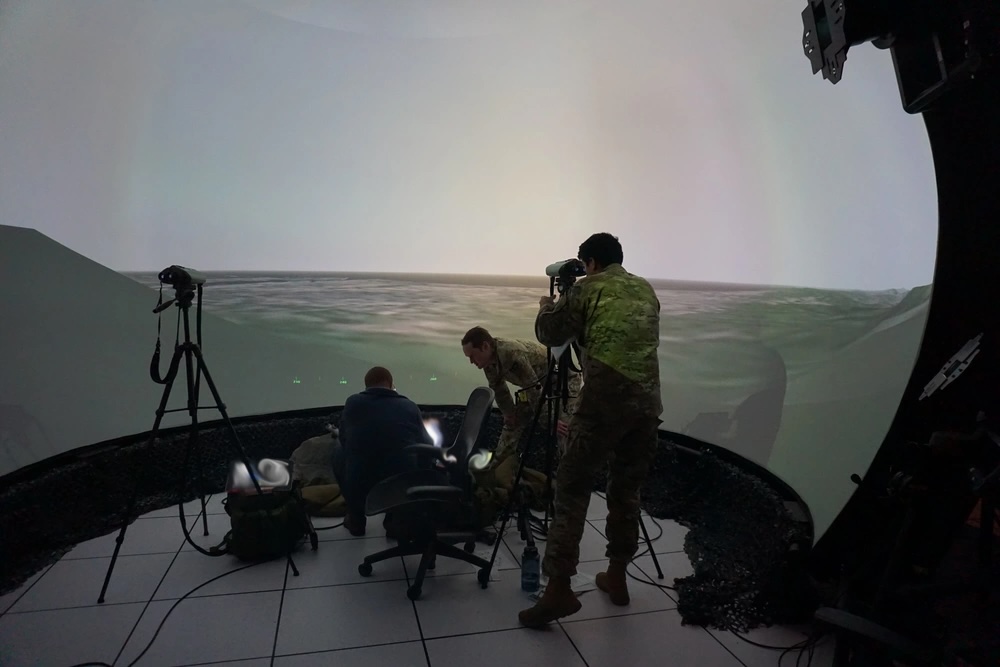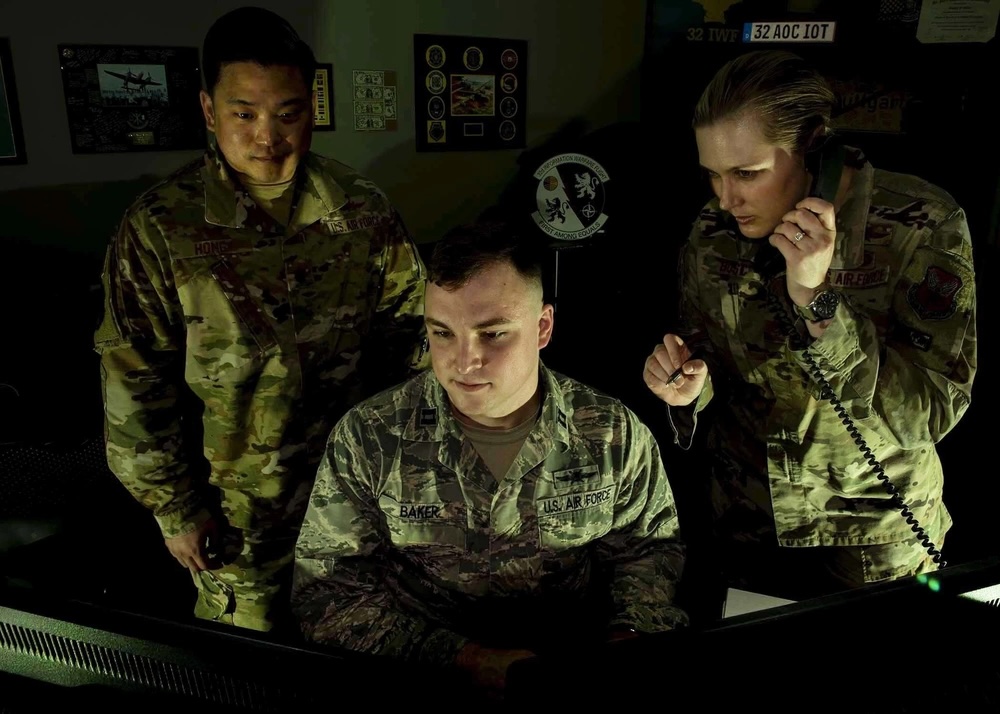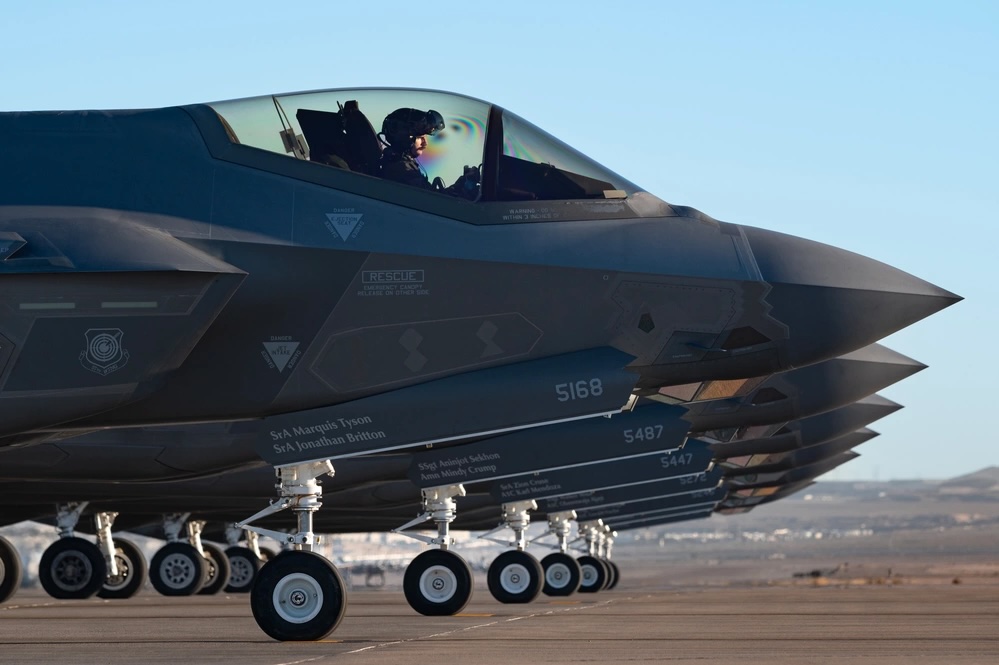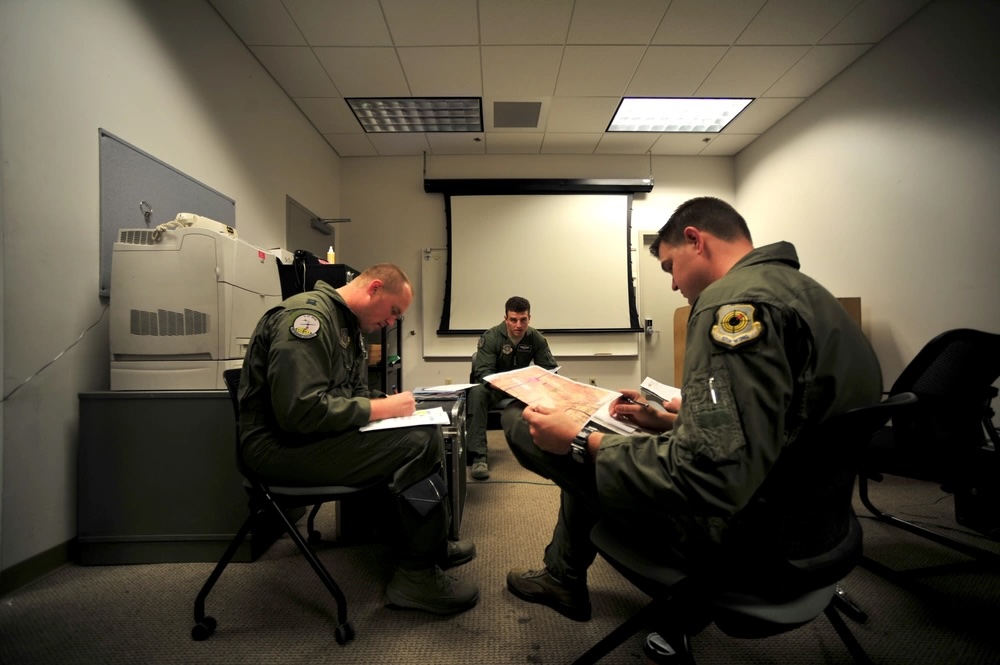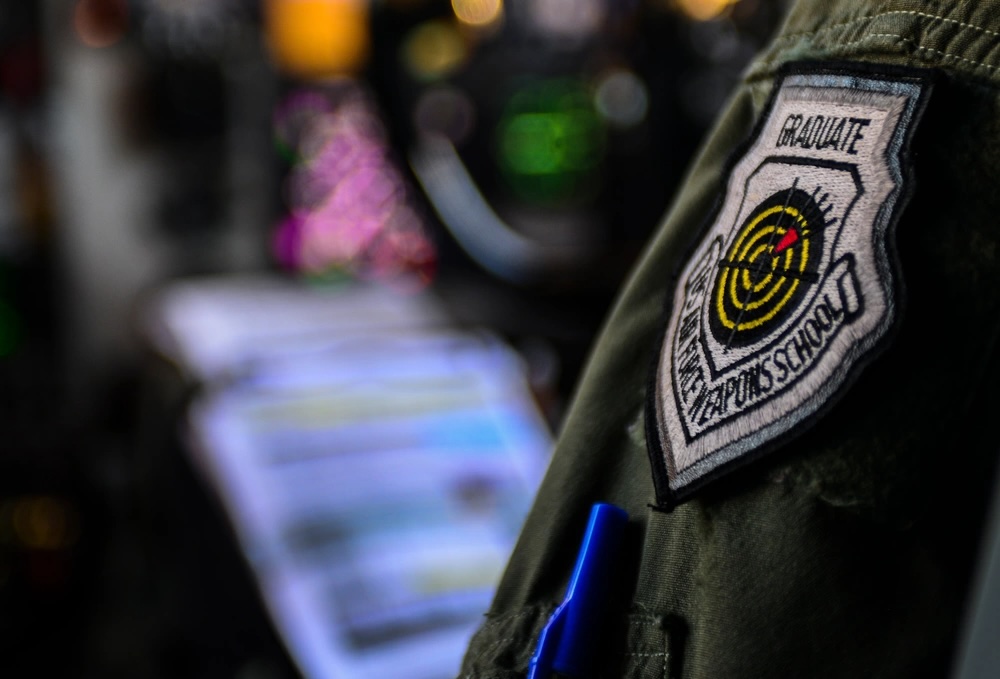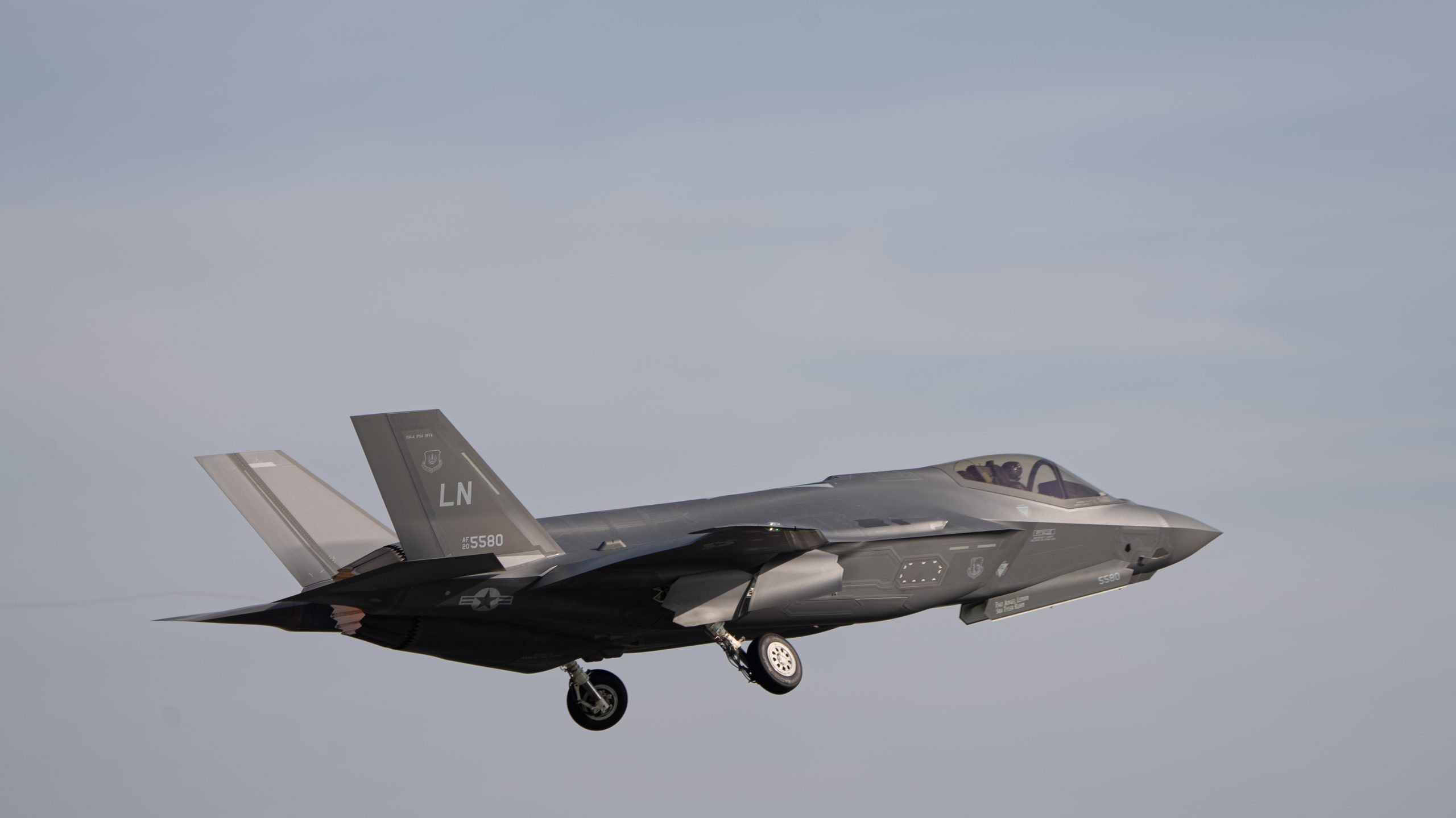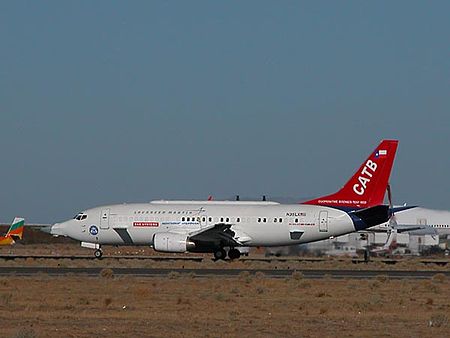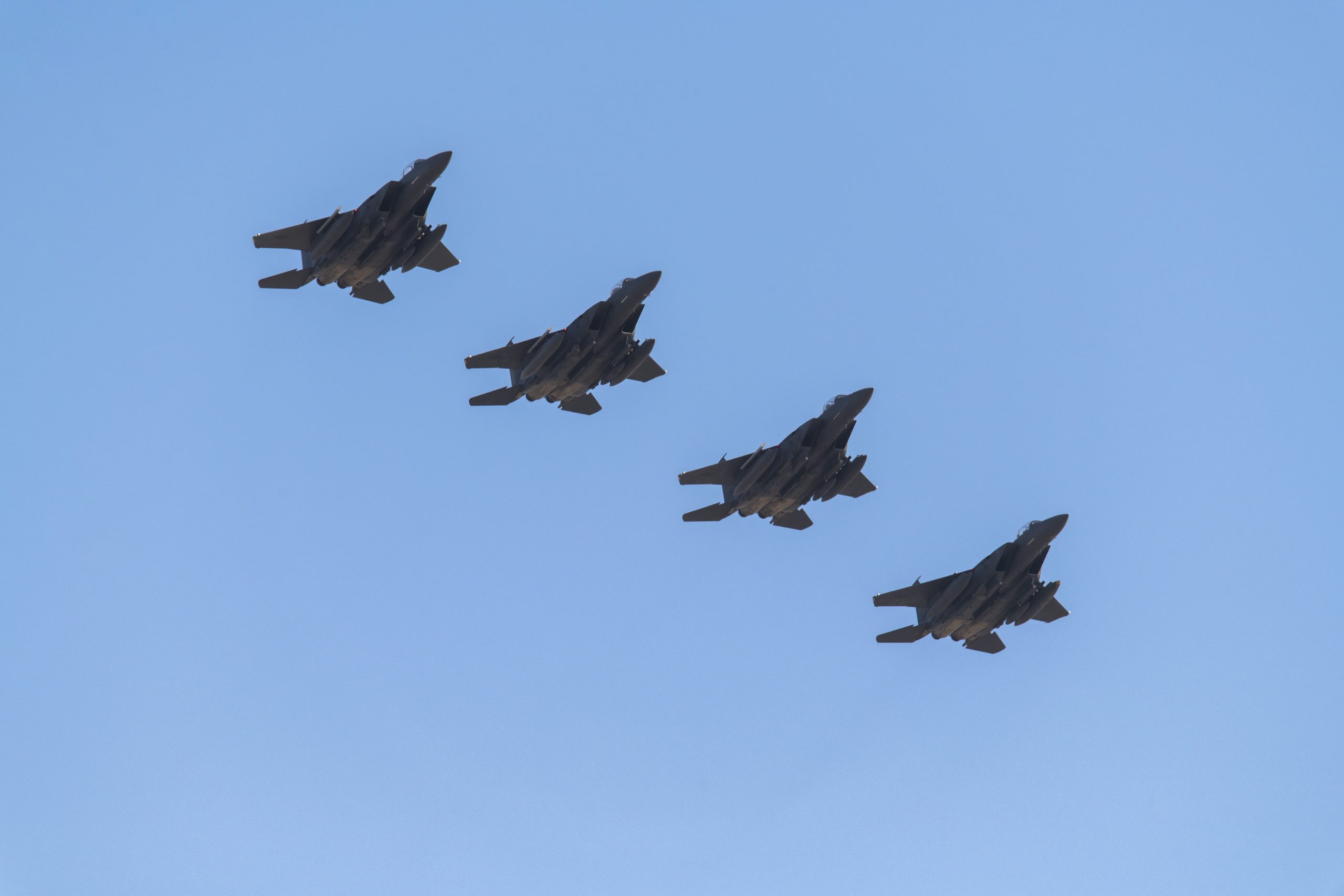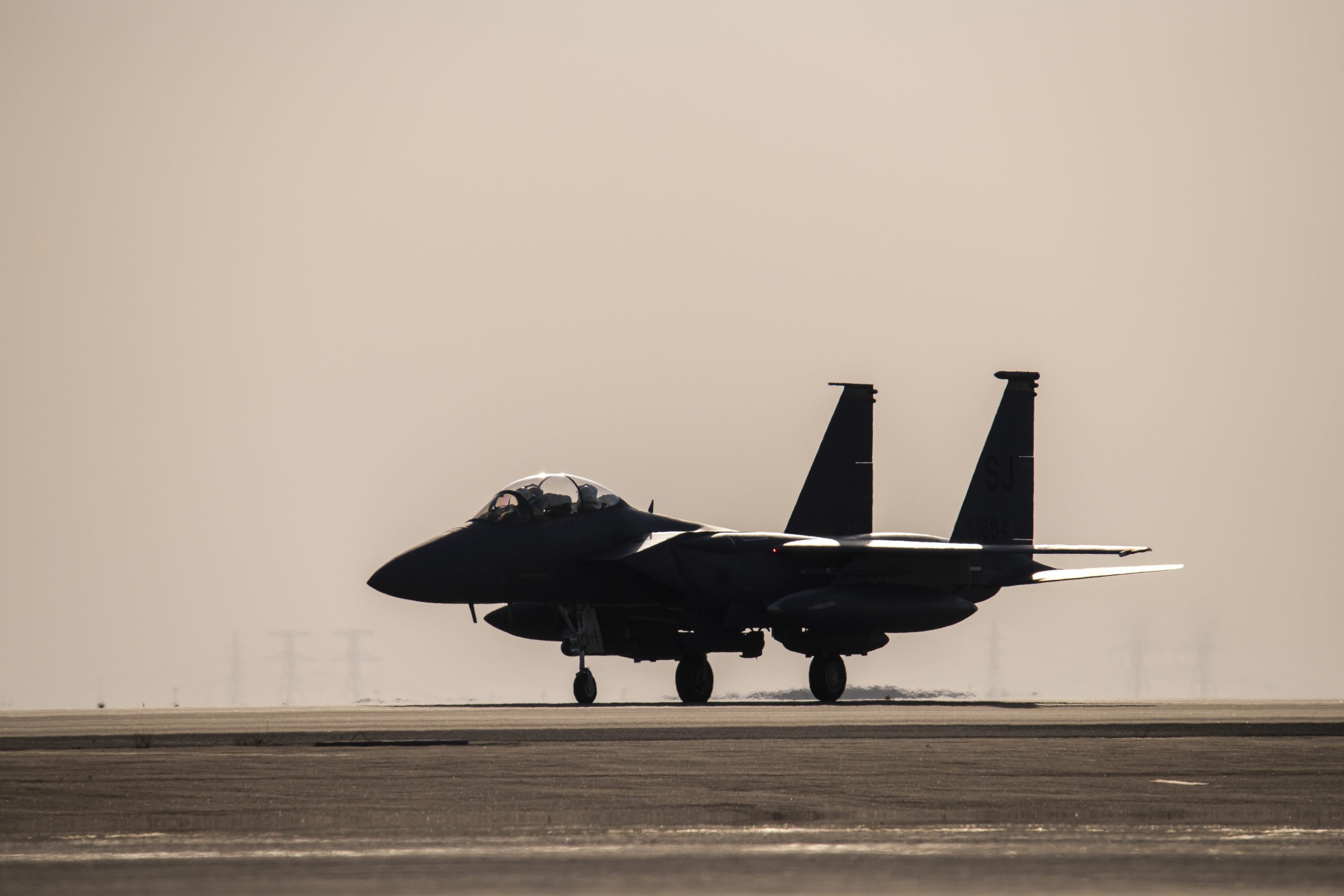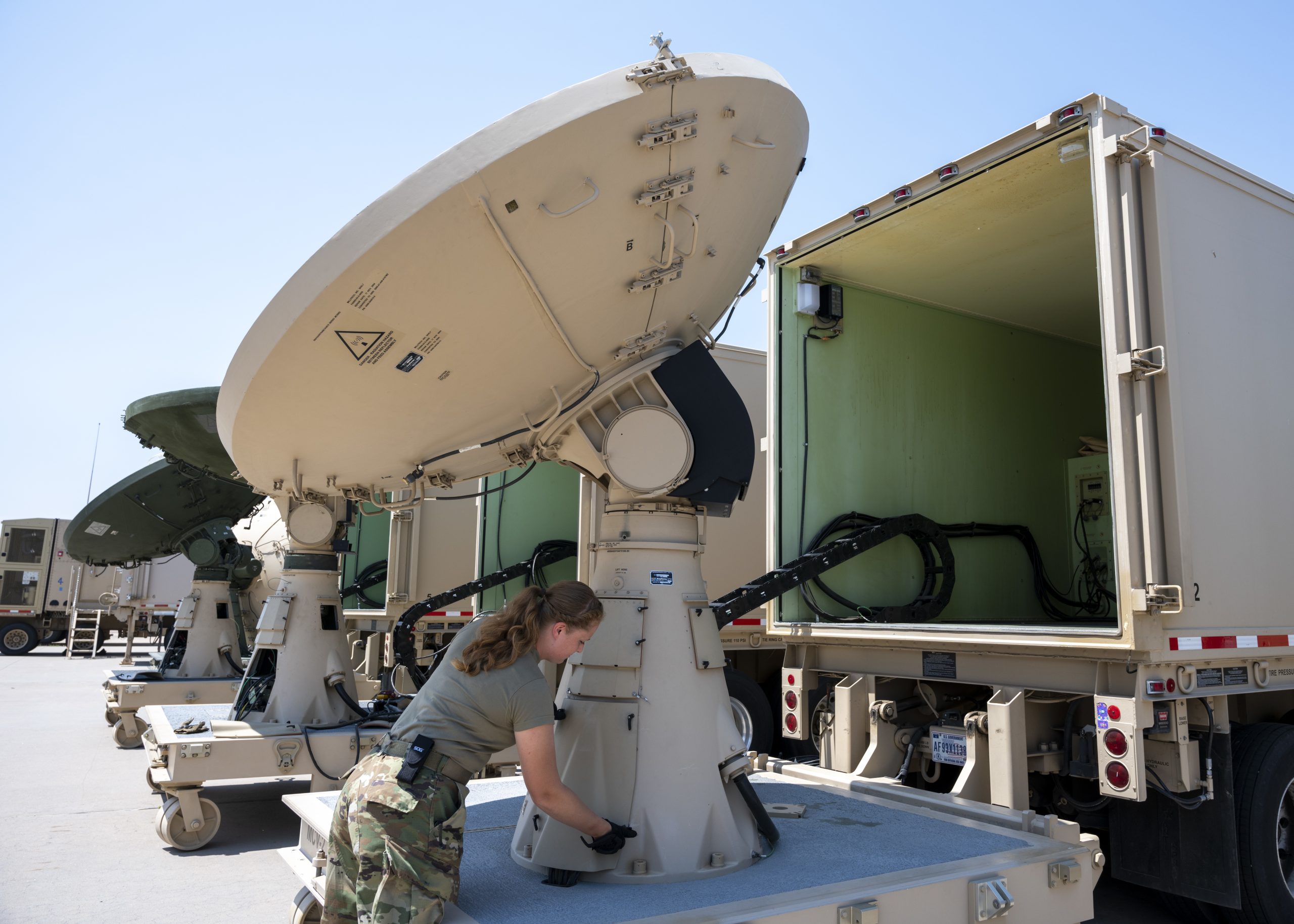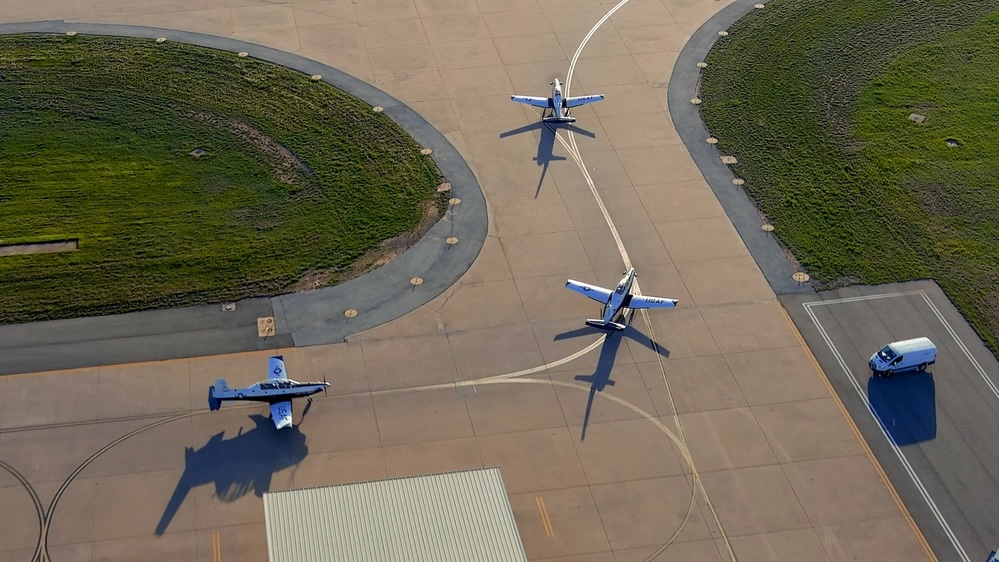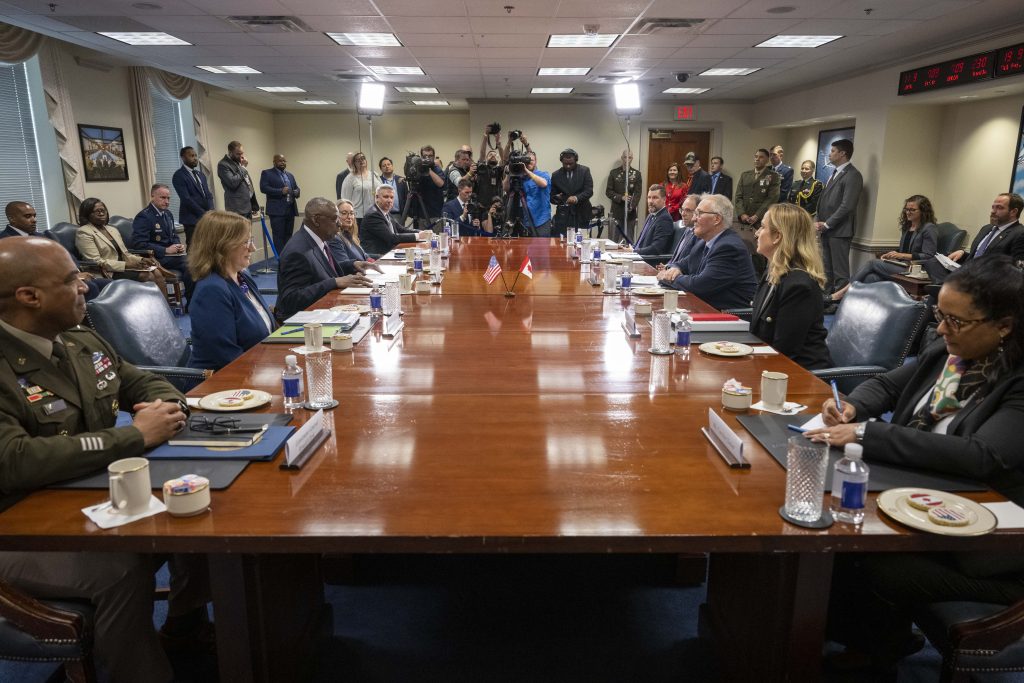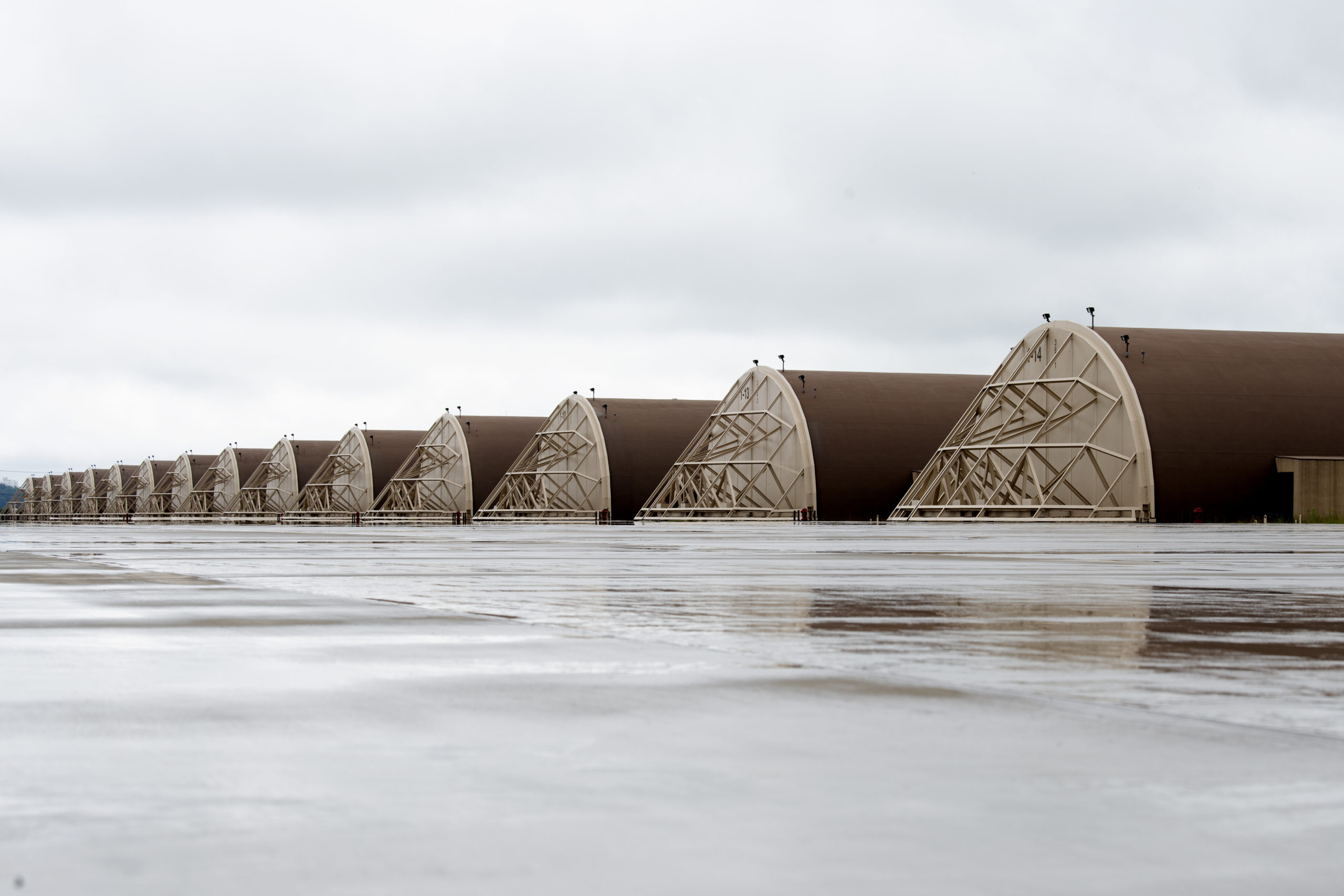One of the expectations of the new Space Force is that it will be an engine for innovation and “do things differently.” Achieving that aim means overcoming institutional resistance. This is the central challenge as the Department of the Air Force tries to manage space missions that have for years belonged to the Air National Guard.
The Space Force rightly wants to consolidate the Department’s entire space portfolio. Resistance has been strong. But a measure now in Congress would formalize the Space Force vision to unify the space missions now fulfilled by the Air Guard into the Space Force. Congress should approve the measure to ensure military effectiveness, minimize bureaucracy, and restrain costs—all critical factors as fiscal realities collide with burgeoning mission demand.
The debate over whether these military members are best off in the Air National Guard, a separate Space Guard, or in the Space Force has reached a boiling point. But the facts show this is more a tempest in a teacup than the “existential threat” claimed by some in the National Guard.
This is really a debate over 578 space positions that would merge into the Space Force under the revolutionary and innovative Space Force Personnel Management Act (SFPMA). All told, they represent about 0.5 percent of the 106,700 total personnel in the Air National Guard. Yet because of the small size of the Space Force, they represent about 6 percent of the Space Force, which now numbers under 10,000 uniformed members.
While many are debating whether the affected individuals should be absorbed into the Space Force or form into a separate Space National Guard, what is crystal clear is that leaving them in the Air National Guard makes no sense. Continuing to manage space units within the Air Guard is leading to disjointed efforts for the sustainment and employment of these forces. No one would put the Air Force in charge of units from the Navy—the organizational construct and supporting infrastructure simply does not align. The same holds true here.
The role of a military service is to organize, train, and equip forces. This is best accomplished by the service responsible for its specific mission domain—air, sea, land, or space. Because the Air Force divested its space missions to the Space Force, the Air National Guard no longer reflects the active component it supports. The continuing Air Guard-Space Force divide risks stifling developmental pathways for personnel whose mission is space. Considerations also exist to effectively allocate operations and maintenance funds to ensure the equipment and personnel are ready for employment. Splitting this responsibility between the Air Guard and the Space Force unnecessarily complicates the process, reducing combat effectiveness.
Congress intentionally established the Space Force as a lean service, consolidating mission essential elements while retaining support elements largely in the Air Force. It did so to unify previously dispersed space organizations to meet the growing threats to our nation’s indispensable space architecture. Folding the Air Guard’s nine space units, located in six states, into the Space Force is a logical continuation of that process.
Attempting to create a separate Space Guard for such a small number of units and personnel is simply inefficient. Increased overhead costs, delays in decisions, and duplicative roles would waste taxpayer dollars. Both the Navy and Marine Corps have proven they can accomplish their missions without the need for a separate Guard Component. The Space Force can do likewise.
The SFPMA empowered the Space Force to employ both full-time and part-time military personnel, a unique solution that bypasses the need for separate Reserve or Guard structures. Thus, the Space Force can fully leverage its ability to hire Citizen Guardians, preserving unique expertise and posturing for surge capacity when needed. In addition, this structure uniquely allows Guardians to transition seamlessly between full-time and part-time status over the course of a career, erasing the division between the active duty and reserve members seen in all the other military services. For Air Guard personnel, this is essential. It enables their voluntary transfer into the Space Force, ensures them the part-time flexibility they seek, and preserves their assignments in their home states. Concern about these two factors can therefore be laid to rest.
Service leaders arrived at this desired end state after extensive study. The in-depth analysis completed by the Department of the Air Force objectively examined three courses of action—retain the units in the Air Guard, create a Space Guard, or consolidate within the Space Force—against eight planning factors. It is the most comprehensive, fact-based coverage on this topic to date.
A few discerning factors from this report stand out—readiness, unity of command, unity of effort, and cost. Understanding the operational readiness and employment ramifications of each option and the ability to achieve unity of effort and command favor consolidation into the Space Force. Secondly, short-term transition costs and long-term sustainment costs must factor heavily in this decision. While there will be some transition cost for both the Space Guard and Space Force consolidations options, the long-term sustainment of a single component will likely be less expensive than maintaining dual tracks. Consolidation is the clearest path forward.
Nothing in this decision threatens the National Guard system. The Air and Army National Guard forces remain key contributors to the Total Force and our nation’s defense. Our nation does not need to stand up a stand-alone Space Guard just to manage these 578 individuals. That defies logic and good sense. Careful and thoughtful analysis has proven that. So now, nearly five years after the establishment of the Space Force, it is time to resolve this debate once and for all. We must not allow the “way we’ve always done it” to dictate the way we do things in the future. These space units and their personnel belong in the Space Force. Let’s put them there and move on.
Retired Space Force Col. Charles S. Galbreath is a senior resident fellow for space studies at the Mitchell Institute for Aerospace Studies.
